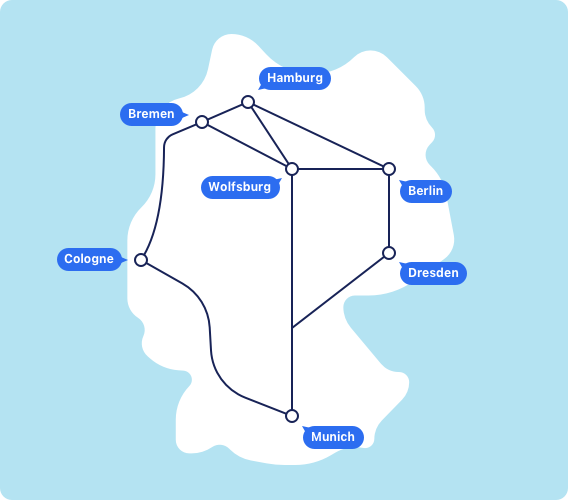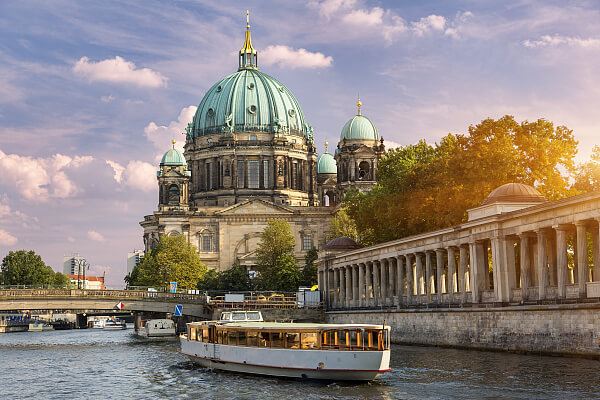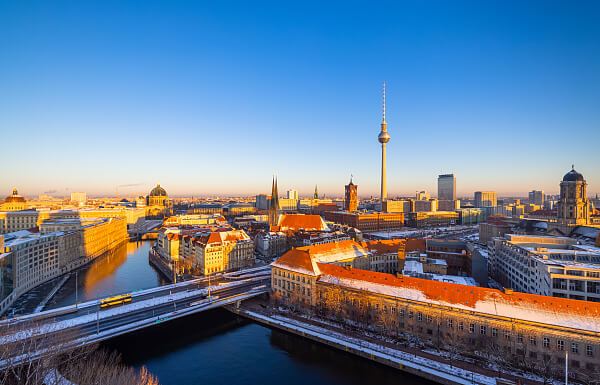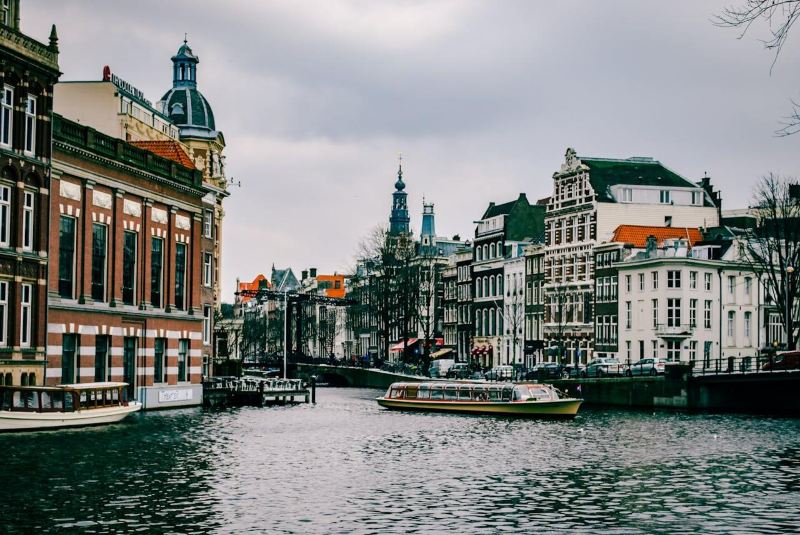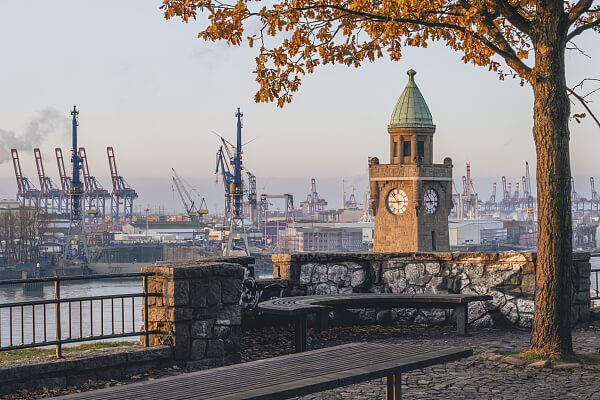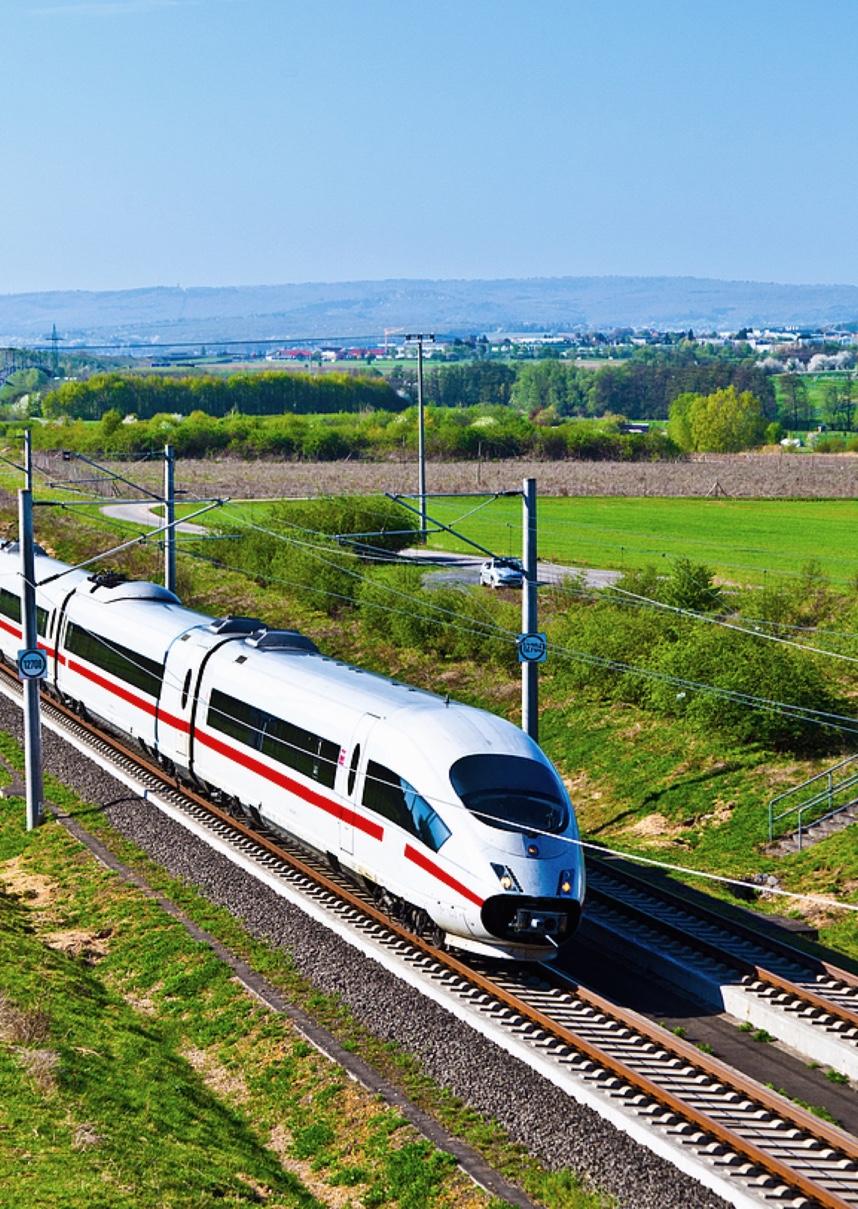What is ICE?
The Intercity Express (ICE) is Germany's leading high-speed train service, operated by Deutsche Bahn (DB). Launched in 1991, ICE trains have become the top choice for long-distance travel in Germany. With top speeds up to 330 km/h (approximately 205 mph), they offer a fast and reliable option for both domestic and international routes.
Known for their impressive speed and comfortable ride, ICE trains provide modern amenities like spacious seating, onboard Wi-Fi, power outlets, and dining services for a convenient and enjoyable travel experience. Frequently operating reliable services on major routes between large cities, ICE trains stand out among DB's competitors and their own offerings alike, becoming the preferred choice for many travellers.
ICE Train Ticket Types
ICE trains offer various ticket types, including Sparpreis, Super Sparpreis, and Flexpreis, to meet different needs and preferences, ensuring a flexible and convenient travel experience for all travellers.
Sparpreis
Sparpreis tickets are an ideal choice for taking long-distance trains, especially for money-saving travellers and those with fixed travel plans. Booking early is advised to secure lower fares. Children aged 6-14 travel free, as long as they are with someone 15 or older. Please note that tickets can be cancelled for a fee.
Super Sparpreis
As the cheapest train ticket, Super Sparpreis is perfect for travellers looking to save money and those with fixed travel plans. Booking in advance is recommended to get the best fares and children aged 6-14 travel free with someone 15 or older. Furthermore, the tickets cannot be exchanged or cancelled.
Flexpreis
The Flexpreis ticket offers the greatest flexibility, allowing you to board any train on the day of travel for your given route. Children aged 6-14 travel free, as long as they are with someone 15 or older. Additionally, tickets can be changed or cancelled for free before the departure date, but fees will be charged for any changes or cancellations made after departure.
ICE On-Board Facilities & Services
ICE trains are renowned for being well-equipped and designed to ensure an enjoyable and comfortable journey for all passengers. The specific facilities and services vary depending on the type of train, but usually include:
- Free WiFi
- Comfortable seating
- Luggage storage
- Dining options
- Accessible facilities
- Power outlet
- Priority seats
ICE FAQs
How much does it cost for children to travel on ICE trains?
Children under five travel for free. Additionally, children aged 6-14 can travel for free when accompanied by someone 15 or older and must be specified during the booking. Each ticket can include up to four children.
Are pets allowed on ICE trains?
Yes, pets are allowed on ICE trains. Small dogs and other small pets in suitable containers travel for free. Larger dogs require a ticket for 50% of the individual fare. Dogs without a transport box must be leashed and wear a muzzle. Guide dogs and assistance dogs travel for free without a muzzle.
How can you tell if a seat is reserved on an ICE train?
There is usually a small electronic display screen above each seat, displaying reservation information. If a seat has been reserved, the display screen typically shows the starting and ending station names of the reservation.
Are ICE trains more expensive?
Yes, tickets for ICE trains are generally more expensive when compared with other types of trains. This is because they offer faster speeds, a higher level of comfort, and more convenient facilities.
Can I take bikes on ICE trains?
Yes, Bicycles can be taken on selected ICE trains, but a reservation for the bicycle space is required in advance.
What is the difference between ICE and IC trains?
The main differences between ICE and IC trains are speed, comfort, amenities, and ticket prices. ICE trains are faster, more comfortable, and offer more amenities, serving major cities and international routes at higher prices. However, IC trains are slower, less comfortable, with fewer amenities, and cover a broader network including smaller cities and towns, making them more economical.
What are the different types of ICE trains?
There are several main types of ICE trains, including ICE 1, ICE 2, ICE 3, ICE 4, ICE T, and ICE 3neo.
Can you travel internationally with ICE trains?
Yes, ICE trains operate on several international routes, connecting major cities in Germany with destinations in countries like Austria, Switzerland, France, Belgium, and the Netherlands. This makes ICE trains a convenient option for cross-border travel in Europe.
